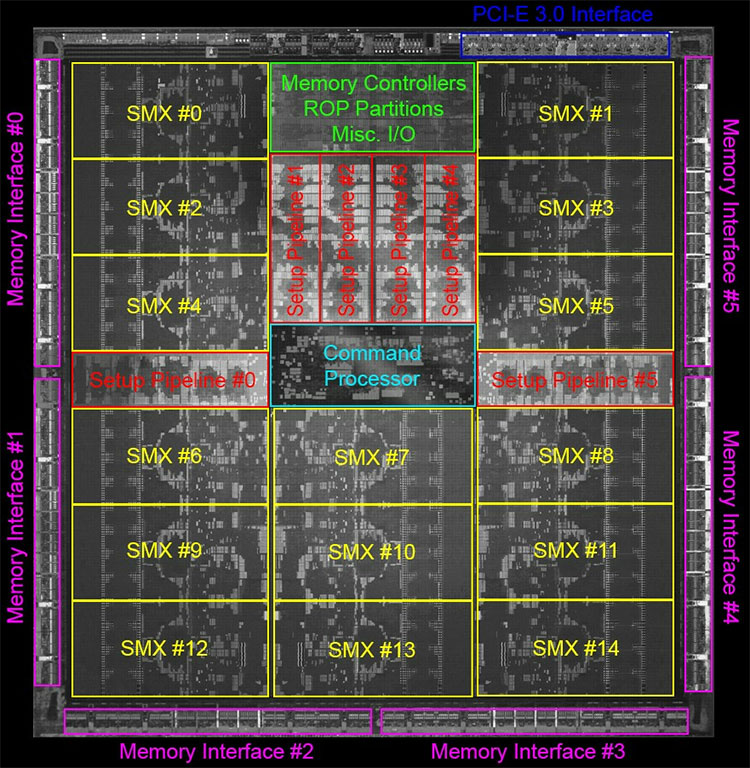T0@st
News Editor
- Joined
- Mar 7, 2023
- Messages
- 3,149 (3.94/day)
- Location
- South East, UK
| System Name | The TPU Typewriter |
|---|---|
| Processor | AMD Ryzen 5 5600 (non-X) |
| Motherboard | GIGABYTE B550M DS3H Micro ATX |
| Cooling | DeepCool AS500 |
| Memory | Kingston Fury Renegade RGB 32 GB (2 x 16 GB) DDR4-3600 CL16 |
| Video Card(s) | PowerColor Radeon RX 7800 XT 16 GB Hellhound OC |
| Storage | Samsung 980 Pro 1 TB M.2-2280 PCIe 4.0 X4 NVME SSD |
| Display(s) | Lenovo Legion Y27q-20 27" QHD IPS monitor |
| Case | GameMax Spark M-ATX (re-badged Jonsbo D30) |
| Audio Device(s) | FiiO K7 Desktop DAC/Amp + Philips Fidelio X3 headphones, or ARTTI T10 Planar IEMs |
| Power Supply | ADATA XPG CORE Reactor 650 W 80+ Gold ATX |
| Mouse | Roccat Kone Pro Air |
| Keyboard | Cooler Master MasterKeys Pro L |
| Software | Windows 10 64-bit Home Edition |
Late last week, Amazon's prematurely published product pages provided an early insight into XFX's alleged implementation of a 3320 MHz boost clock—90 MHz above AMD's speculated reference setting for not-yet-official Radeon RX 9060 XT 16 GB and 8 GB graphics cards. A couple of hours ago, momomo_us shared a fresher set of leaked specifications. The tenured PC tech industry observer outlined two separate tranches of unnamed hardware clocks—presumably linked to factory overclocked Radeon RX 9060 XT variants: "up to 3320 MHz, Game: 2780 MHz" and "up to 3290 MHz, Game: 2700 MHz." As interpreted by VideoCardz, these numbers align with older RDNA 4 rumors—previously, insiders claimed that Team Red's Navi 44 GPU was capable of clocking higher than the larger "Navi 48" sibling. According to their investigative article: "new information (indicates) that the RX 9060 XT's game clock is actually higher than the boost clock of the RX 9070 (non-XT)...The highest boost clock reported for the RX 9060 XT so far is 3320 MHz, which significantly exceeds the RX 9070 XT's 3100 MHz found on its fastest variants."
The latest momomo_us bulletin contains mostly repeated information, but graphics card analysts were confounded by the mentioning of a PCIe 5.0 x16 bus Interface. Prior disclosures have theorized the utilization of PCIe 5.0 x8; as listed within TechPowerUp's GPU database entry. VideoCardz weighed in with some credence: "small GPUs like Navi 44 typically don't require wider interfaces, as performance gains are minimal. However, with PCIe 5.0, using only 8 lanes would result in slightly reduced performance on PCIe 4.0 systems, something already seen with the GeForce RTX 5060 Ti 8 GB variant. By choosing a wider interface, AMD may be attempting to avoid similar issues." Leading up to AMD's debuting of first wave RDNA 4 gaming cards, opposing speculators fought over the company's selection of PCIe 4.0 or PCIe 5.0 standards. A public delivery of finalized Radeon RX 9060 XT specifications is likely due on May 21, during Computex 2025.



View at TechPowerUp Main Site | Source
The latest momomo_us bulletin contains mostly repeated information, but graphics card analysts were confounded by the mentioning of a PCIe 5.0 x16 bus Interface. Prior disclosures have theorized the utilization of PCIe 5.0 x8; as listed within TechPowerUp's GPU database entry. VideoCardz weighed in with some credence: "small GPUs like Navi 44 typically don't require wider interfaces, as performance gains are minimal. However, with PCIe 5.0, using only 8 lanes would result in slightly reduced performance on PCIe 4.0 systems, something already seen with the GeForce RTX 5060 Ti 8 GB variant. By choosing a wider interface, AMD may be attempting to avoid similar issues." Leading up to AMD's debuting of first wave RDNA 4 gaming cards, opposing speculators fought over the company's selection of PCIe 4.0 or PCIe 5.0 standards. A public delivery of finalized Radeon RX 9060 XT specifications is likely due on May 21, during Computex 2025.



View at TechPowerUp Main Site | Source










